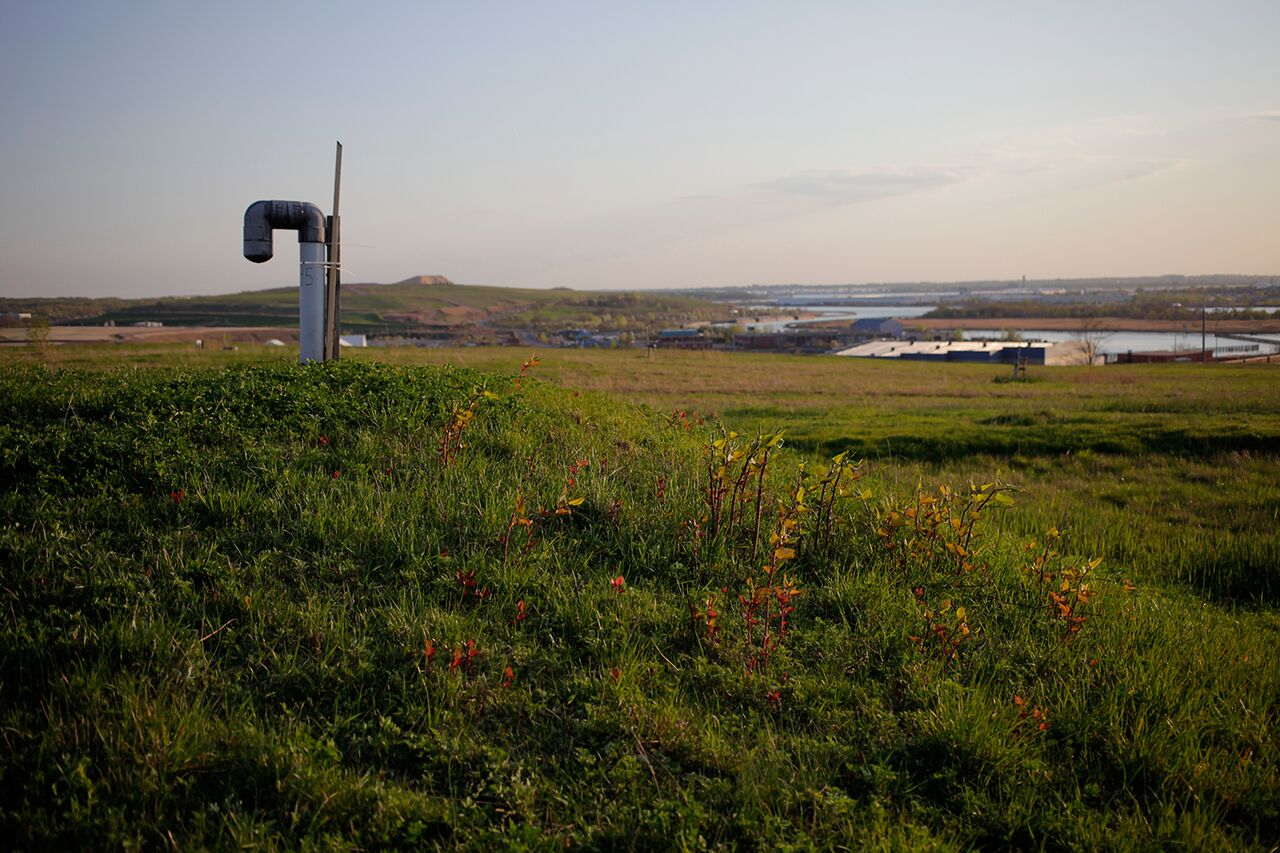Freshkills - a new life for an old landfill
New York is in the process of turning an enormous disused landfill into 2,200 acres of diverse parkland, and a symbol of renewal for the city.
Before it closed in 2001, Fresh Kills Landfill was the largest landfill in the world, and now Freshkills Park will be the largest park to be developed in New York City in over 100 years.
Fresh Kills was once the biggest landfill in the world. Image courtesy of Freshkills Park and the City of New York.
The park will include creeks, wetlands, meadows, sports fields, and spectacular views of New York City, while also providing diverse habitats for plants, birds and wildlife. Its extensive network of paths and waterways can be enjoyed by car, bike, kayak, or on foot.
Opening in phases through 2036, Freshkills is being constructed from the outside in, meaning that the people who live on its edges will be able to benefit from the development sooner.
Freshkills Park planners aim to promote the use of waterways. Image courtesy of Freshkills Park and the city of New York.
Already completed are Schmul Park, which opened in September 2012, Owl Hollow Fields in May 2013, and the New Springville Greenway in August 2015.
At “The Point”, old barges will be turned into floating gardens, and machinery and artefacts from Fresh Kills Landfill will become sculptural pieces. “West Park” will incorporate design elements to commemorate the role of responders in the 9/11 recovery effort that occurred there.
Freshkills Park will be developed from the outside in. Image courtesy of Freshkills Park and the City of New York. Photographer Kipp Wettstein.
The landfill has been capped with an impermeable plastic liner, to which eight additional layers of barrier material have been added in order to separate it from the park. Swales, down chutes and retention ponds have also been included in order to manage stormwater and prevent erosion.
Freshkills Park is an innovative design which has allowed New York City to reclaim valuable land which was sitting unused, and turn it into a vibrant recreational area to be enjoyed by visitors and residents alike.


